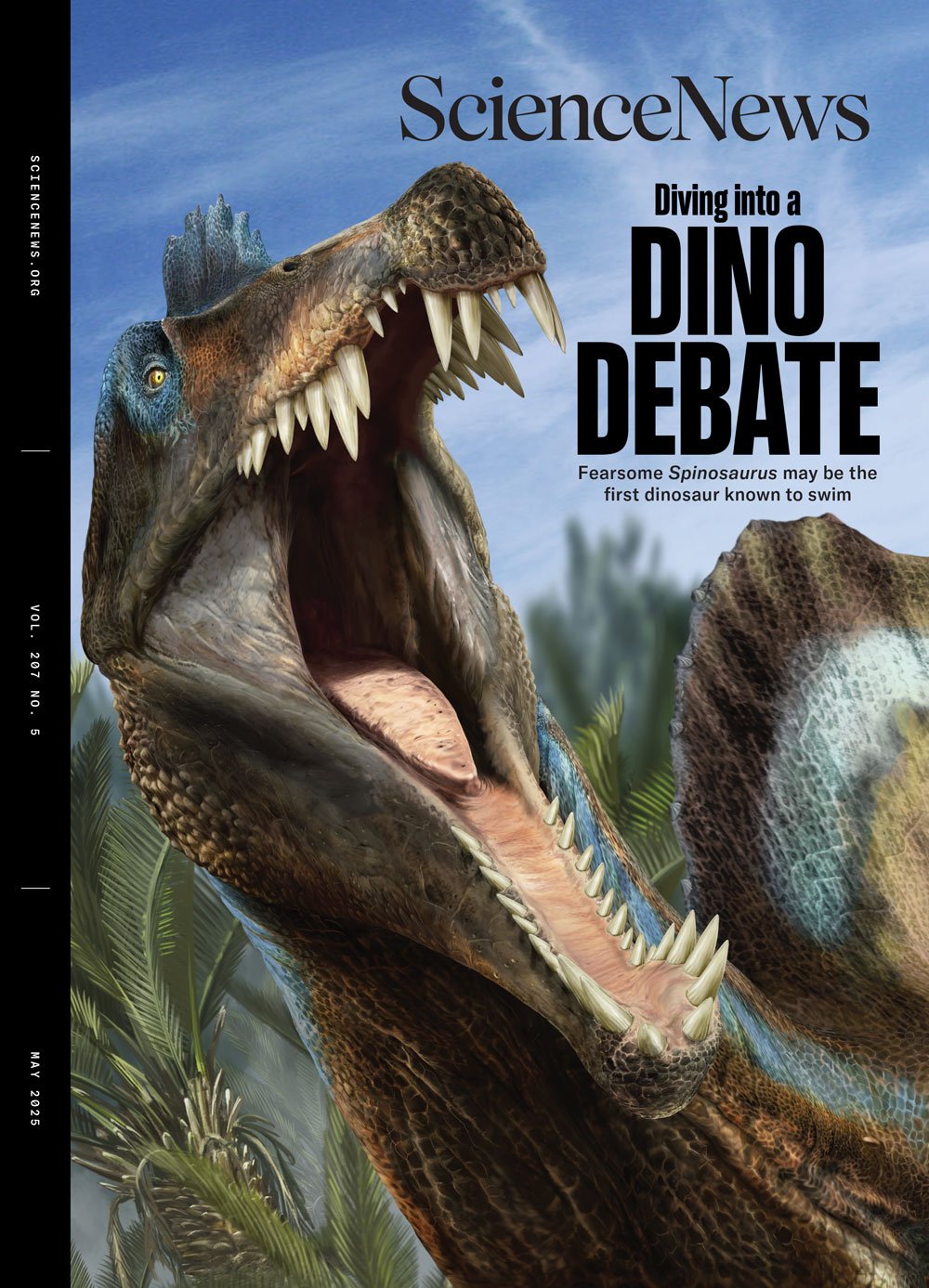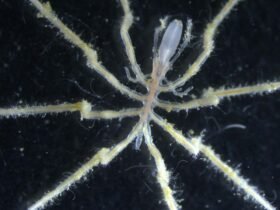
Hunting hints
An ancient ambush of wild horses at a German archaeological site called Schöningen around 300,000 years ago suggests that communal hunting, along with complex social and mental skills, evolved much earlier in human history than thought, behavioral sciences writer Bruce Bower reported in “Smart hunters.”
Bower also noted that Neandertal ancestors in what’s now Spain conducted communal bison hunts around 400,000 years ago. The groups would drive bison herds to the edge of an underground cave, where the animals plunged to their deaths.
We summarize the week’s scientific breakthroughs every Thursday.
As a 7-year-old, reader Gary Rea saw an illustration related to that hunting tactic in “The Epic of Man,” a series of articles about the evolution and history of humans, published in Life magazine in the late 1950s. “ ‘The Epic of Man’ and reading about the then-current work of [paleoanthropologists Mary and Louis Leakey] inspired me to want to become an archaeologist when I grew up,” Rea wrote. Rea took a different career path, but Bower’s story inspired some reflections: “Due to ancient DNA, we’re having to revise our perceptions of Paleolithic people, and the work being done by those researching the Schöningen site is another addition” to our changing views.
A reader named Barbara wondered how scientists determined the positions of ancient hunters during communal horse hunts.
The exact positions are unknown, but the hunters probably did not have hard-and-fast positions, Bower says. The illustration that opens the story “presents a hypothetical but plausible moment in time when a hunting group kept a horse family moving toward an ambush,” Bower says. “As the story points out, analyses of excavated artifacts, including the spears, and animal bones indicated that horses had been driven to a lakeside ambush spot. Information on recent and historical hunting involving communal ambushes was used to reconstruct how Schöningen hunters must have operated.”
Weighing in
A DNA analysis of more than 200 Labrador retrievers revealed multiple genes associated with obesity in the dogs, former Science News intern Alex Viveros reported in “Five genes may raise obesity risk in labs.”
On Reddit, user Alarming-Recipe7724 noted, “Studying genetic obesity in an animal population can help to problem-solve human obesity issues.” Indeed, Viveros reported that one of the genes is also associated with higher body mass indexes in humans.
Meanwhile, user Magooose dished about their own dog’s eating habits: “I am convinced that if left alone with a bag of food, my lab would continue eating until she popped.”
Narwhal news
Drone videos show that narwhals may use their tusks to play with their food, including prodding and flipping a fish, freelance writer McKenzie Prillaman reported in “Narwhals seem to use their tusks to play.”
The story struck a chord with thousands of TikTok users.
Sponsor Message
User Hully Fonseca wrote: “The fact that we’re still learning new things about animals in the ocean is so wild and so cool.”
Though Prillaman reported that the play seems to come out in low-stress environments, user Miguel Lopez quipped that it’s “probably a high-stress situation for the fish.”
Source link













Leave a Reply